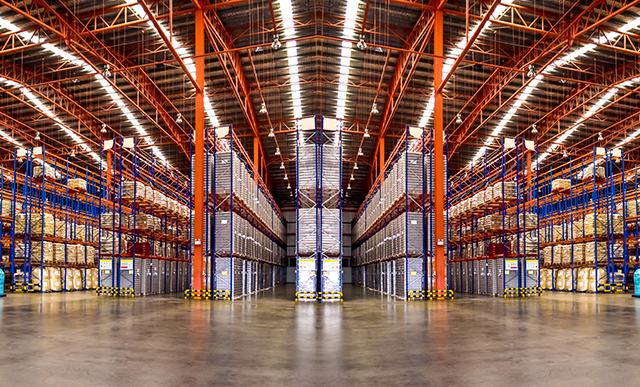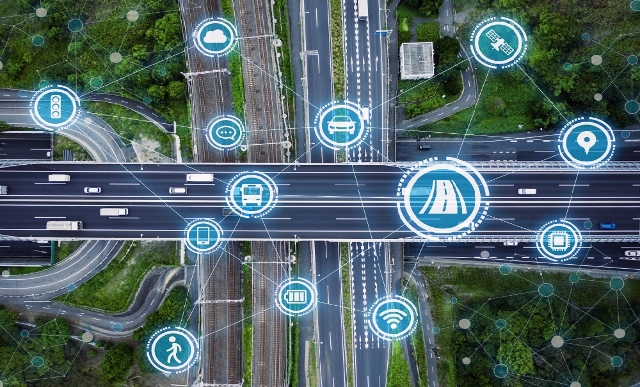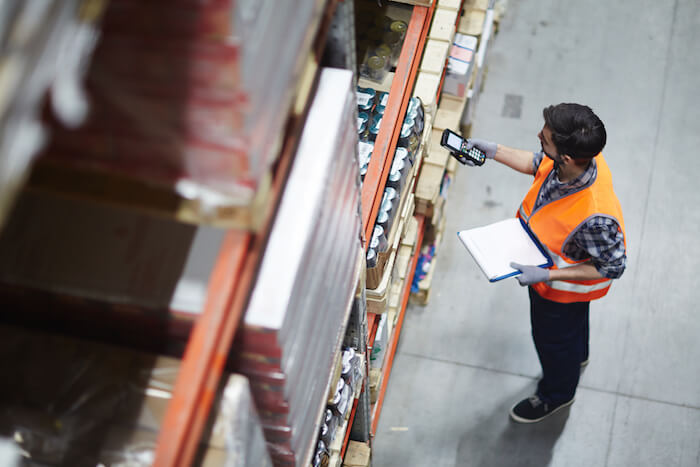Mobile Barcoding and AI Agents: The Dynamic Duo Driving Supply Chain ROI
Meet the Authors
Key Takeaways
The combination of mobile barcoding technology and AI agents is essential for enhancing supply chain operations, delivering measurable returns within months by creating a synchronized system of real-world operations and digital intelligence.
Real-time data capture through mobile barcoding significantly improves visibility and decision-making, while AI agents automate processes like inventory replenishment and production adjustments, leading to operational efficiency and agility during disruptions.
Companies investing in integrated mobile barcoding and AI technologies report payback periods of 6 to 24 months and up to 40% increases in throughput, emphasizing the need for technology executives to prioritize vendors with robust integration capabilities and to adopt strategic phased deployments.
Supply chain leaders operating with razor-thin margins are discovering that the combination of mobile barcoding technology and AI agents represents more than just digital transformation—it’s becoming a critical competitive advantage that delivers measurable returns in months, not years. As customer expectations for speed and transparency intensify alongside rising operational costs, companies are finding that this pairing creates a closed-loop system where real-world operations and digital intelligence stay in sync.
Real-Time Data Capture Fuels Intelligent Decision-Making
SAP partners like RFgen provide mobile barcoding technology that eliminates the traditional barriers that have plagued supply chain visibility for decades. Using handheld scanners, RFID readers, and mobile applications—often integrated with SAP Extended Warehouse Management (SAP EWM) or SAP Inventory Management (SAP IM)—warehouse operations can now capture data instantly from the production floor, eliminating manual data entry, paper logs, and the delays that come with them. Every scan is immediately recorded and transmitted, creating unprecedented visibility into inventory levels, shipment status, and work-in-progress activities.
This real-time data capture becomes exponentially more valuable when paired with AI agents that can consume and analyze this information continuously. The AI agents—potentially built using tools like SAP Business Technology Platform (SAP BTP) or SAP AI Core—act as digital assistants within supply chain systems, detecting patterns in the data stream, generating forecasts based on current conditions, and even triggering automated workflows when specific thresholds are met. For instance, when mobile barcoding systems detect low inventory levels in real-time, AI agents can automatically initiate replenishment orders using SAP S/4HANA or adjust production schedules within SAP Digital Manufacturing Cloud—all without waiting for human intervention.
Explore related questions
Proven ROI Metrics Drive Executive Buy-In
The financial impact of combining mobile barcoding with AI agents extends beyond operational efficiency improvements. According to Supply Chain Management Review’s 2025 Automation Survey, companies investing strategically in warehouse automation, including these integrated technologies, typically achieve payback periods of 6 to 24 months while boosting throughput by up to 40%. These metrics are particularly compelling for executives who need to justify technology investments in an environment where every capital expenditure must demonstrate clear business value.
One particularly noteworthy benefit is the resilience these systems provide during disruptions. Companies have reported maintaining operations even during ERP system outages, thanks to offline functionality in mobile barcoding systems that continue capturing data locally until connectivity is restored. This reliability factor often proves invaluable during peak seasons or unexpected supply chain disruptions when maintaining operational continuity becomes critical to preserving customer relationships and revenue streams.
What This Means for SAPinsiders
Mobile barcoding and agentic AI integration are evolving into a new standard for SAP-based supply chain operations. Technology executives must recognize that this shift fundamentally changes daily responsibilities from reactive problem-solving to proactive system optimization and strategic planning. According to RFgen, one major distribution company achieved significant improvements in inventory accuracy within six months of deploying integrated mobile barcoding with AI-driven demand forecasting. Another case saw a manufacturing firm cut warehouse labor costs while dramatically improving order fulfillment, with their CIO reporting that daily operations shifted from managing exceptions to optimizing automated workflows.
Prioritize vendors offering integration capabilities with mobile barcoding and AI solutions. The market is experiencing rapid consolidation as traditional barcode scanner manufacturers compete with emerging AI-first platforms and established ERP integration specialists. Key evaluation criteria should include support for real-time synchronization with SAP S/4HANA, offline mobile capabilities for warehouse continuity, and extensibility via tools such as SAP Integration Suite.
Expect challenges—but also opportunities for rapid wins. Common roadblocks include outdated infrastructure, change management resistance, and lack of alignment between IT and operations. However, companies that deploy in phases—starting with high-impact areas like inventory management—often see rapid ROI. For SAP shops, RFgen’s experience suggests that integration best practices include using SAP-certified middleware, pre-built templates for common transactions, and role-based mobile apps for warehouse users.






